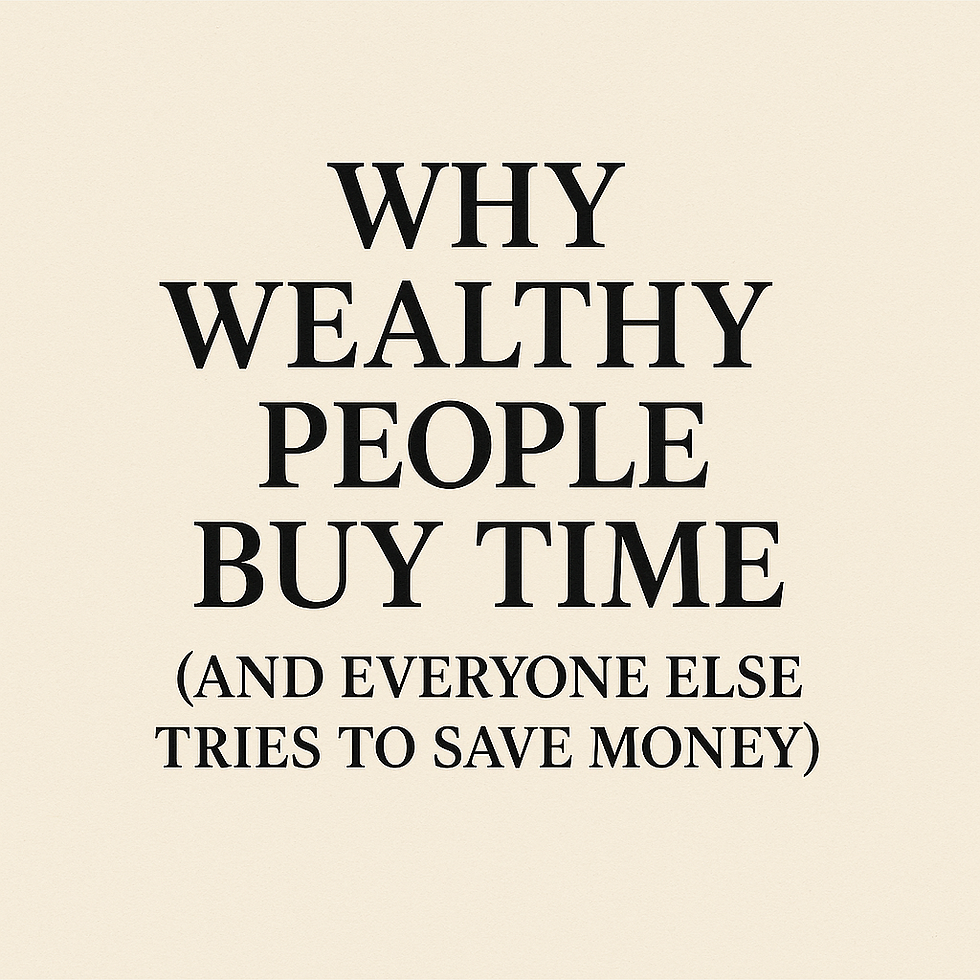'Both Fascinating and Disturbing': Consumer Responses to 3D Food Printing and Implications for Food
- Kirk Carlson
- Aug 28, 2023
- 2 min read

Title: 'Both Fascinating and Disturbing': Consumer Responses to 3D Food Printing and Implications for Food Activism
The burgeoning field of 3D food printing merges technology and gastronomy in a manner that's as exciting as it is unsettling. This revolution in food production introduces a new era of culinary possibilities, but it also elicits concern about the socio-ecological implications of our food systems.
### Consumer Fascination
The fascination surrounding 3D food printing is undeniably rooted in its ability to reimagine our dining experiences. This technology can create elaborate edible structures, replicate traditional dishes, and even incorporate customized nutritional profiles catering to individual dietary needs. For instance, 3D-printed food could offer personalized meal solutions for those with specific nutritional requirements, such as athletes, older people, or individuals with medical conditions.
### Consumer Disturbance
However, alongside fascination, 3D food printing also evokes a degree of disquiet. The primary source of concern centers on 'unnatural' food production. Many consumers express unease at the thought of food being 'built' layer by layer instead of grown, raised, or cooked. This apprehension relates to broader societal debates around processed foods and artificial ingredients and anxieties about human intervention in natural processes.
Moreover, another worry revolves around the potential socio-economic implications of 3D food printing. As an emerging technology, 3D food printers are not yet widely accessible or affordable. This could exacerbate existing inequalities in food access, with nutritious, customized meals becoming the exclusive purview of those who can afford such technology.
### Implications for Food Activism
These consumer responses have profound implications for food activism. On the one hand, 3D food printing could be harnessed for progressive purposes. For example, activists might leverage this technology to reduce food waste by turning imperfect or surplus produce into 3D-printable food cartridges. This could contribute to more sustainable and circular food systems.
On the other hand, the technology could also amplify calls for 'food sovereignty' – the idea that communities should control how food is produced, traded, and consumed. If 3D food printing is perceived as a threat to traditional food practices or a driver of inequality, it could galvanize resistance and spur efforts to reclaim food systems from technological and corporate control.
In conclusion, the responses to 3D food printing mirror broader societal tensions around food, technology, and sustainability. Navigating these reactions will be critical as we strive to create food systems that are not only innovative but also equitable and ecologically sound. Future developments should involve public engagement and be guided by ethical considerations to ensure that technology serves our global community's diverse needs and values.






Comments